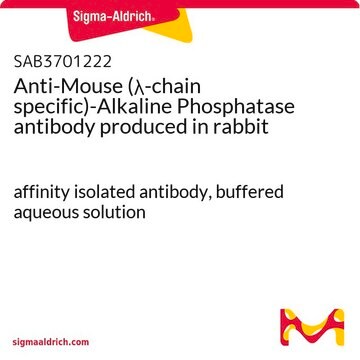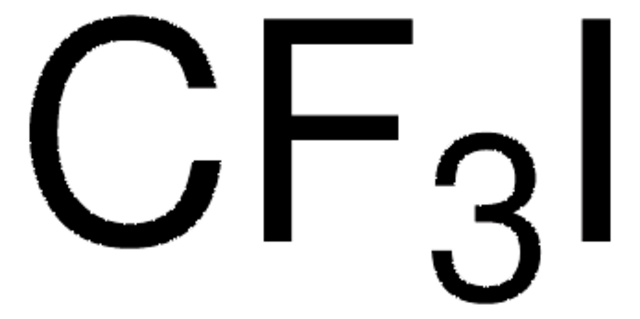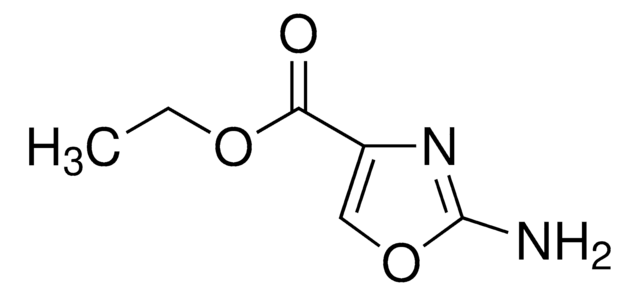774022
Yttrium(III) oxide
sputtering target, diam. × thickness 2.00 in. × 0.25 in., 99.99% trace metals basis
Sinónimos:
Yttria
About This Item
Productos recomendados
assay
99.99% trace metals basis
form
powder
reaction suitability
core: yttrium
diam. × thickness
2.00 in. × 0.25 in.
mp
2410 °C (lit.)
density
5.01 g/mL at 25 °C (lit.)
SMILES string
O=[Y]O[Y]=O
InChI
1S/3O.2Y
InChI key
SIWVEOZUMHYXCS-UHFFFAOYSA-N
¿Está buscando productos similares? Visita Guía de comparación de productos
Application
Yttrium oxide sputtering target can be used for physical vapor deposition of thin films of yttria stabilized zirconia layers for IT-SOFC. Yttrium containing films are used as thermal barrier and protective coatings in thermoelectric devices, rare earth doped yttrium oxide films are studied for phosphor applications.
Storage Class
13 - Non Combustible Solids
wgk_germany
WGK 1
flash_point_f
Not applicable
flash_point_c
Not applicable
Certificados de análisis (COA)
Busque Certificados de análisis (COA) introduciendo el número de lote del producto. Los números de lote se encuentran en la etiqueta del producto después de las palabras «Lot» o «Batch»
¿Ya tiene este producto?
Encuentre la documentación para los productos que ha comprado recientemente en la Biblioteca de documentos.
Los clientes también vieron
Artículos
Nanocomposite Coatings with Tunable Properties Prepared by Atomic Layer Deposition
Spintronics offer breakthroughs over conventional memory/logic devices with lower power, leakage, saturation, and complexity.
The properties of many devices are limited by the intrinsic properties of the materials that compose them.
Nanomaterials are considered a route to the innovations required for large-scale implementation of renewable energy technologies in society to make our life sustainable.
Nuestro equipo de científicos tiene experiencia en todas las áreas de investigación: Ciencias de la vida, Ciencia de los materiales, Síntesis química, Cromatografía, Analítica y muchas otras.
Póngase en contacto con el Servicio técnico








![Poly[4,5-difluoro-2,2-bis(trifluoromethyl)-1,3-dioxole-co-tetrafluoroethylene] dioxole 87 mol %](/deepweb/assets/sigmaaldrich/product/structures/951/320/21327fcd-4960-402d-8ae1-bf2e379cb2e2/640/21327fcd-4960-402d-8ae1-bf2e379cb2e2.png)
